The 3rd European webinar of the LIFE Green Sheep project was held on 13 February and was a great success, with over 80 participants from all over Europe (including France, Belgium, Ireland, Italy, Spain, Portugal, Estonia and Finland)! The aim was to provide an update on the project and present examples of carbon plans for reducing greenhouse gas emissions from sheep farming.
Briefly, Sindy Throude (Idele, Service Climat, France), project coordinator, outlined the objectives of the LIFE Green Sheep project, the actions underway and the results already available. Thanks to the involvement of 1,544 sheep farms, carbon footprint and environmental performance benchmarks are now available in each country. In addition, practices to reduce GHG emissions are currently being tested on 260 farms in Europe. The webinar then continued with a presentation of concrete examples of levers put in place to reduce these emissions.
Then, Cathal Buckley (Teagasc, Ireland) and Tomas O’Toole, farmer, presented the example of a suckler sheep farm in the Connemara region. Tomas O’Toole has 2 flocks of ewes, one on the plains and the other on the surrounding hills. The mitigation practices currently implemented by Tomas are improved grassland management, soil fertility and productivity gains. A simulation of the impact of these levers has enabled us to estimate a potential reduction in greenhouse gas emissions of 11%, while at the same time achieving economic gains of €20 per ewe.
Finally, Raul Bodas Rodriguez (Itacyl, Spain) and Ricardo Miranda, farmer, continued with the example of his dairy sheep farm in the Castilla y León region. Ricardo has 700 Assaf ewes in a semi-extensive system. With the aim of reducing its greenhouse gas emissions, Ricardo is working on self-sufficiency in fodder, rotational grazing around the farm and the production of renewable energy. A simulation of the impact of these levers has enabled us to estimate a potential 12% reduction in greenhouse gas emissions, without adversely affecting other environmental impacts.
- Presentation here
- Recording to come
Spanish farm presented
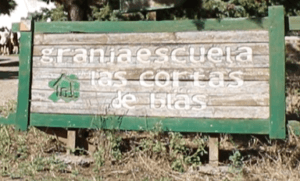
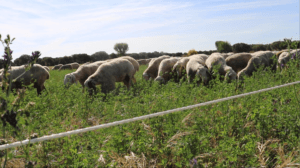
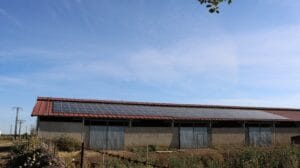
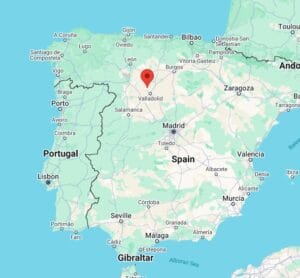
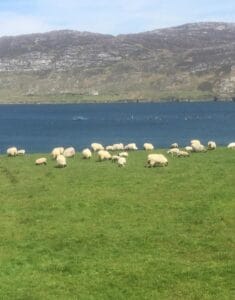
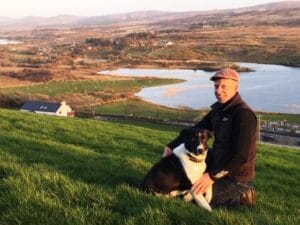
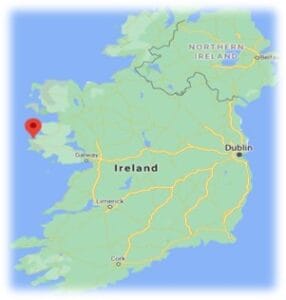
In Ireland, the farm of Tomas O’Toole is located in County Galway.. Tomas farms 2 sheep flocks, one on the lowland and the other on the hill. The lowland flock consists of 90 ewes which are mainly Suffolk cross and Belclare cross. The hill flock consists of 85 ewes of Lanark type Scottish Blackface ewes. The mean number of lambs reared per ewe joined for the lowland and hill flocks is 1.6 and 1.2, respectively. Tomas also keeps 15 suckler beef cows and the progeny are sold at weaning. The main mitigation practices currently pursued on the farm include improved grassland management (reduced concentrates), soil fertility (reduced chemical N), and productivity gains (increased number of lambs reared per ewe joined).

